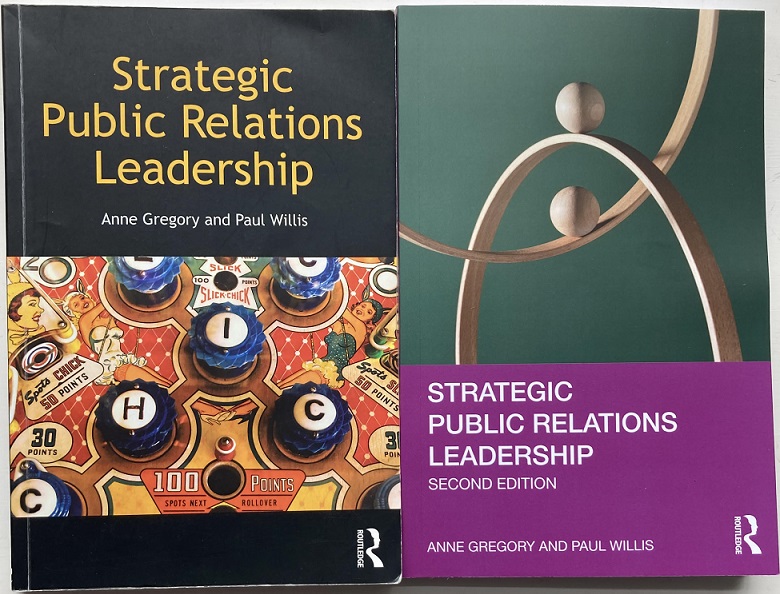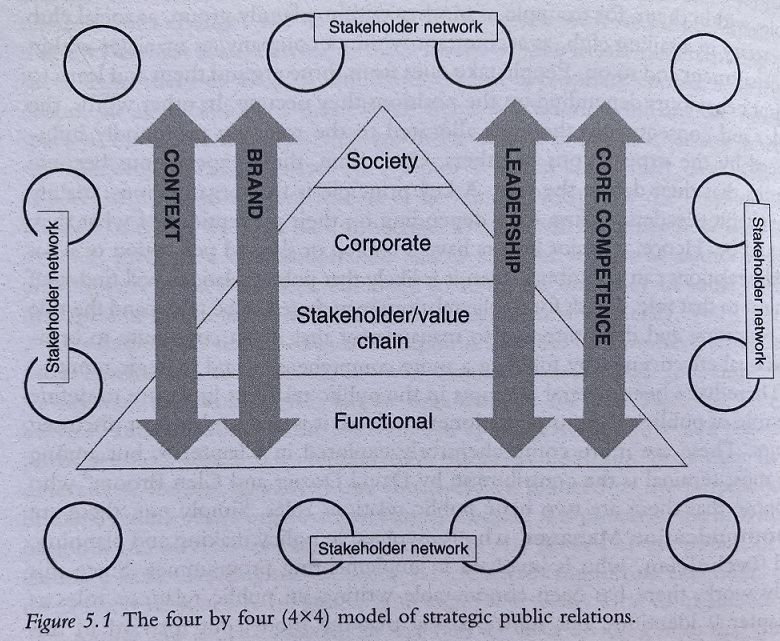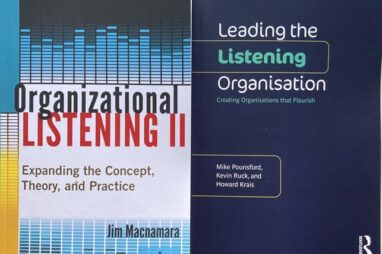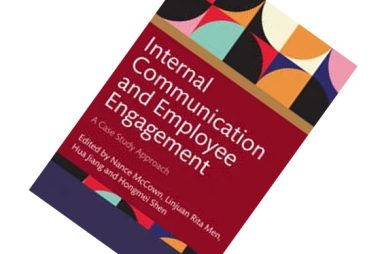Review: Strategic Public Relations Leadership (Second Edition)
In recent years, talk of purpose and values and the emergence of ESG as well as AMEC’s challenge in the latest iteration of its Barcelona Principles that we should measure impact on society as well as on the bottom line means that the interests of academics and senior practitioners are once again aligned.





